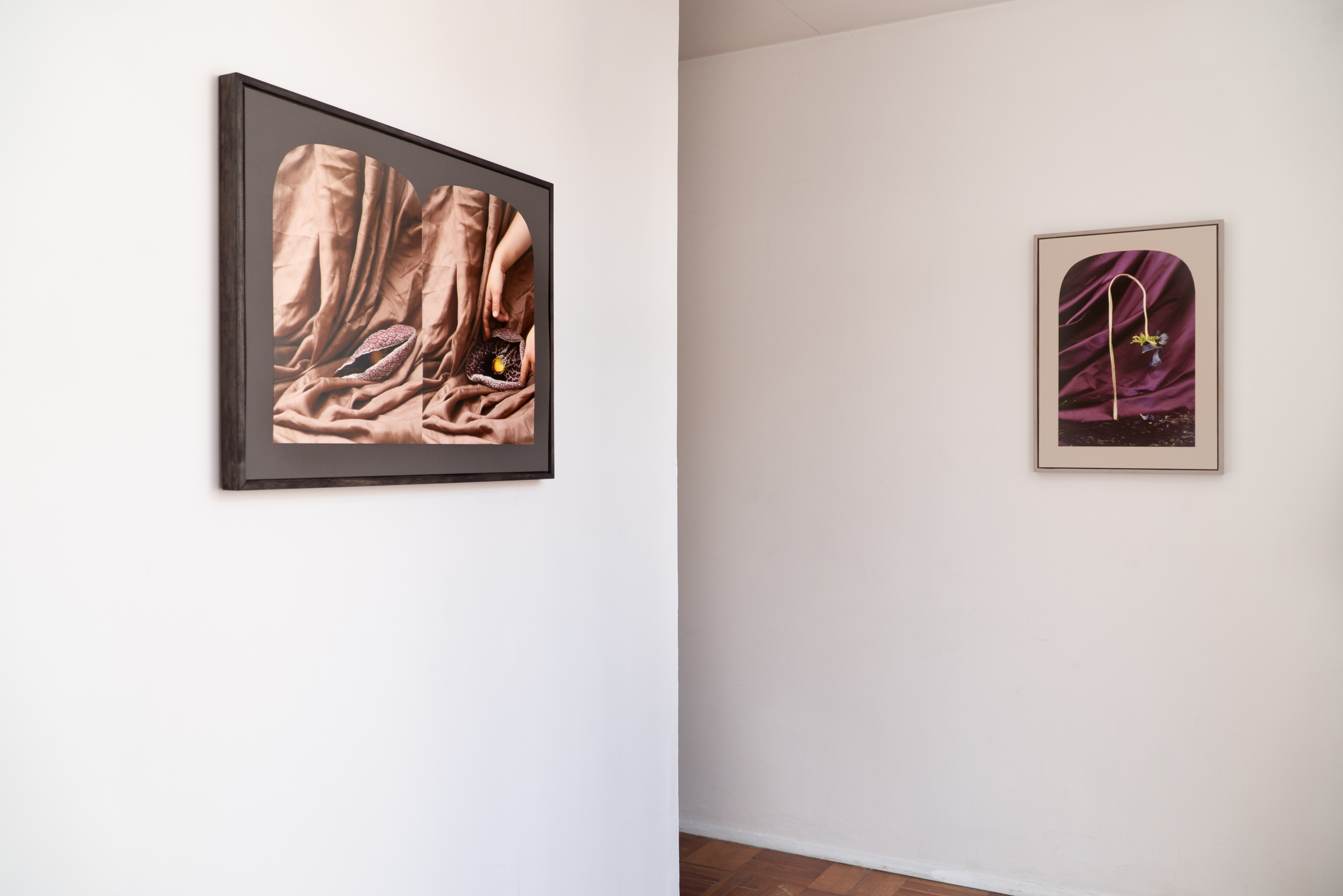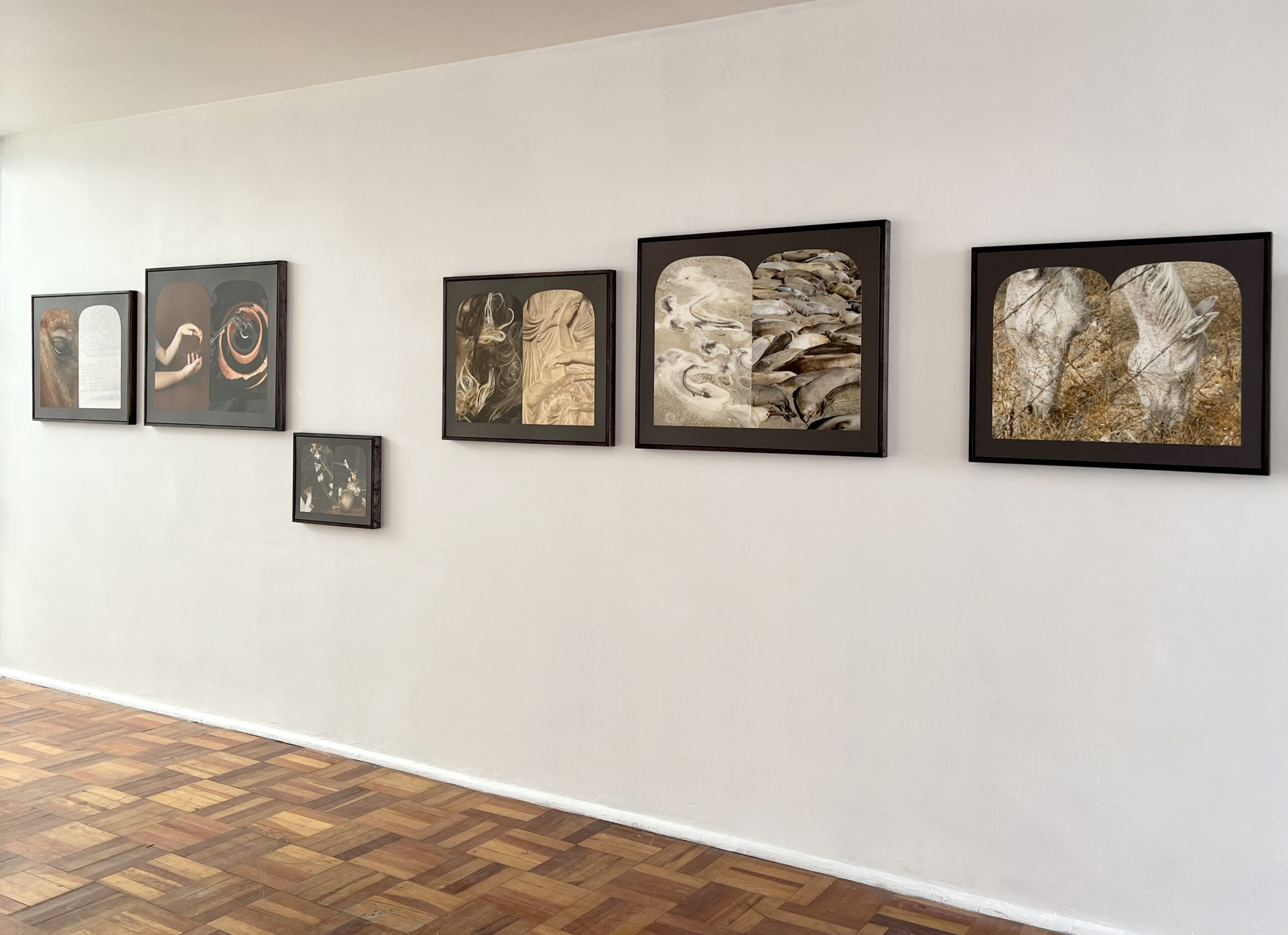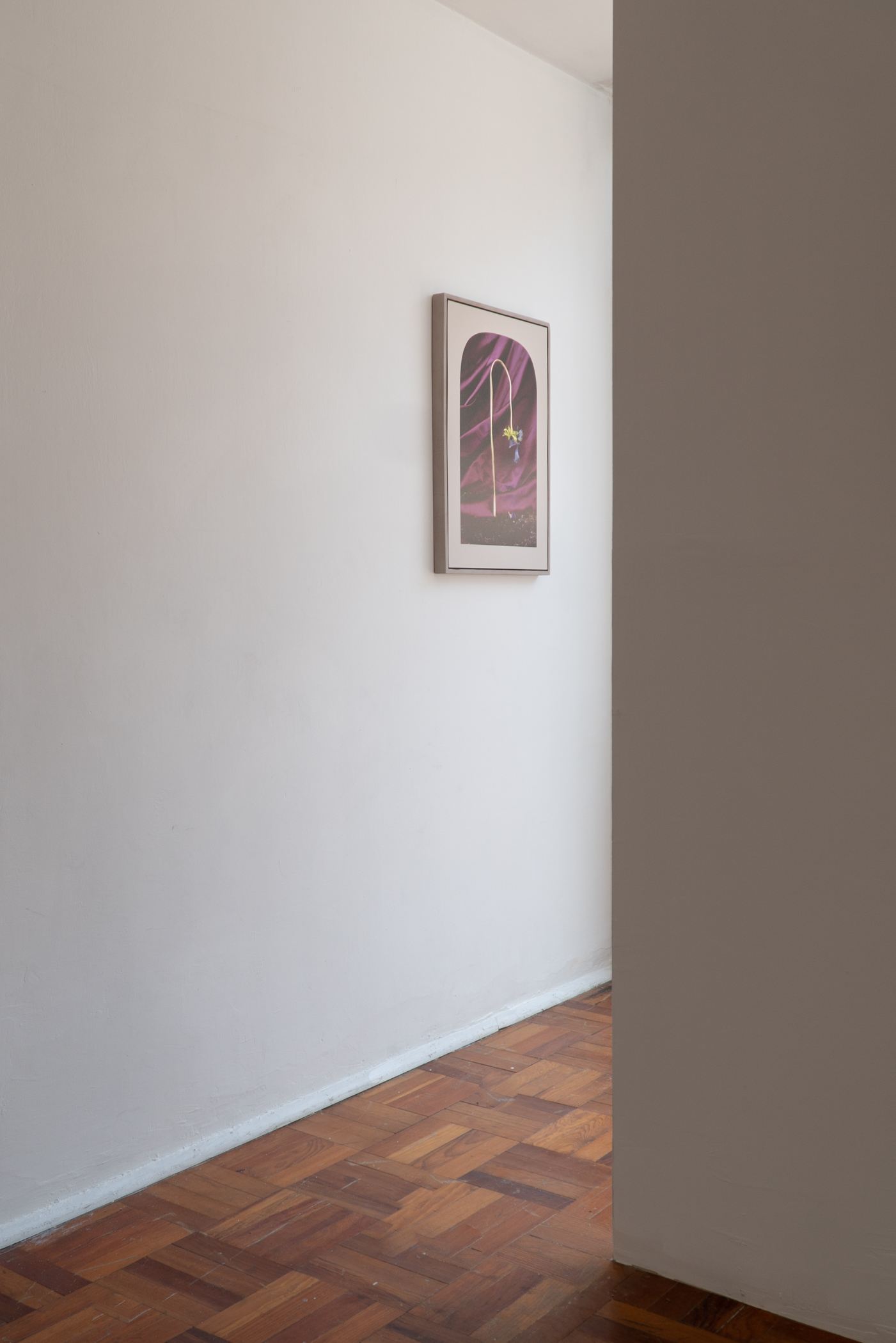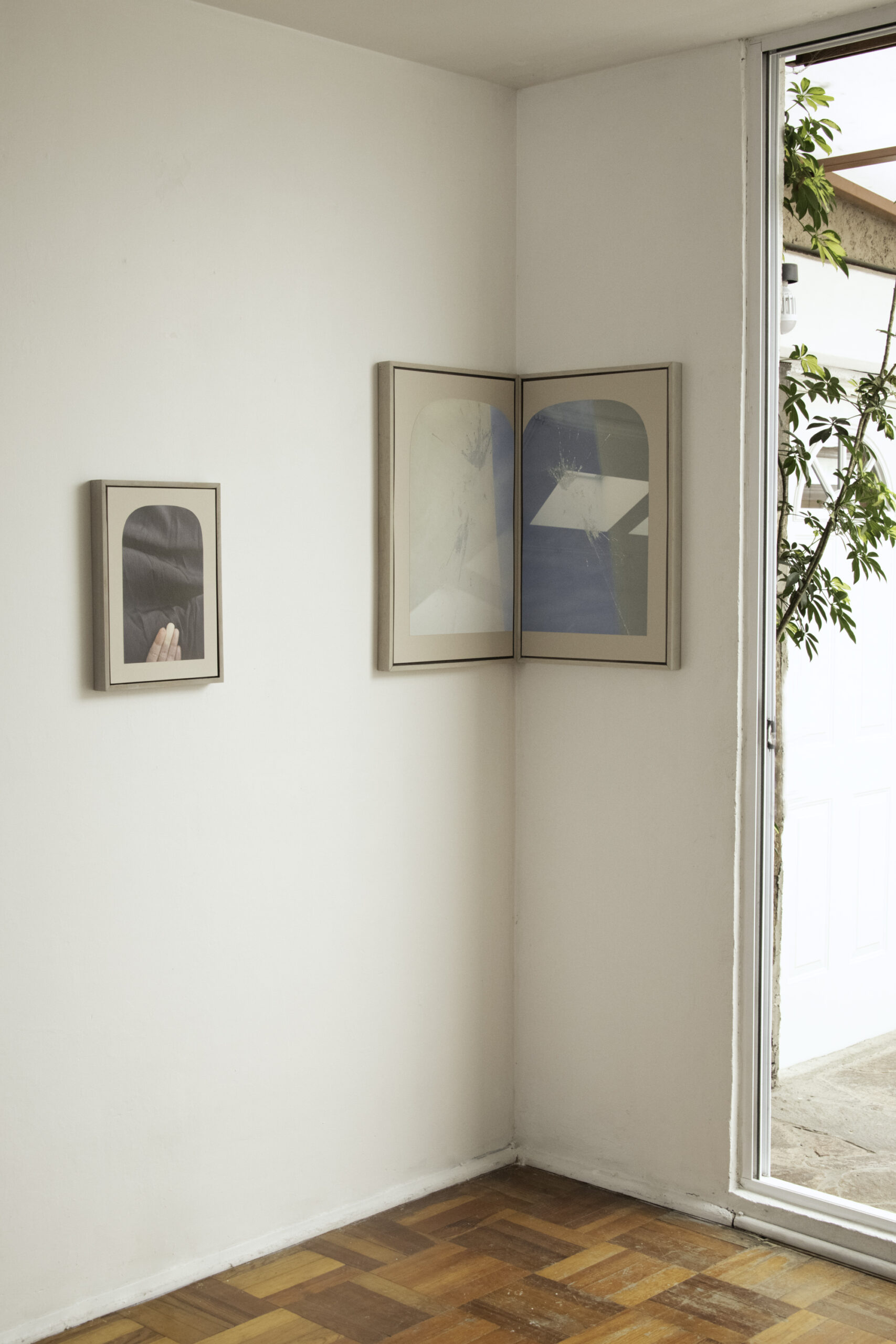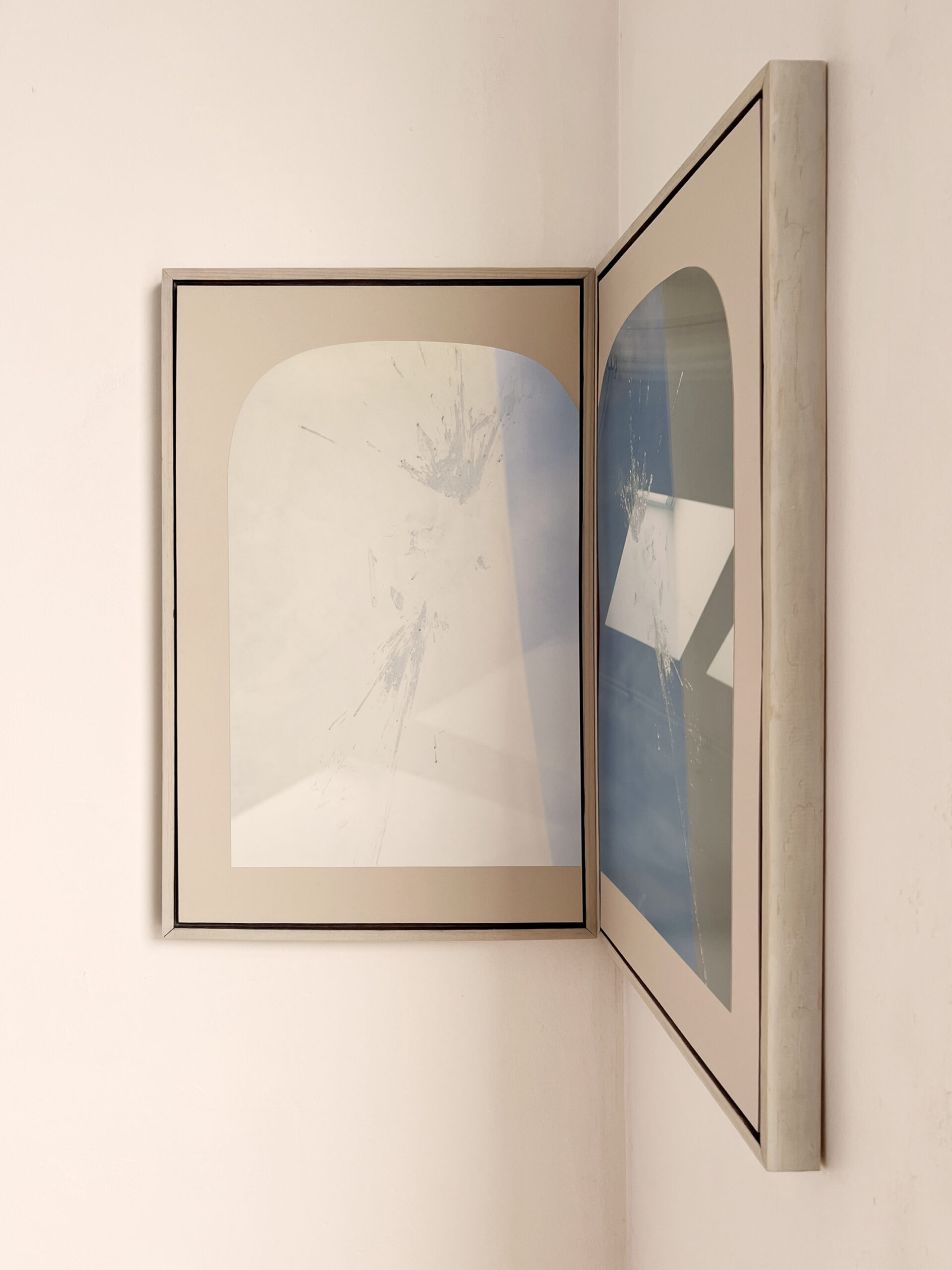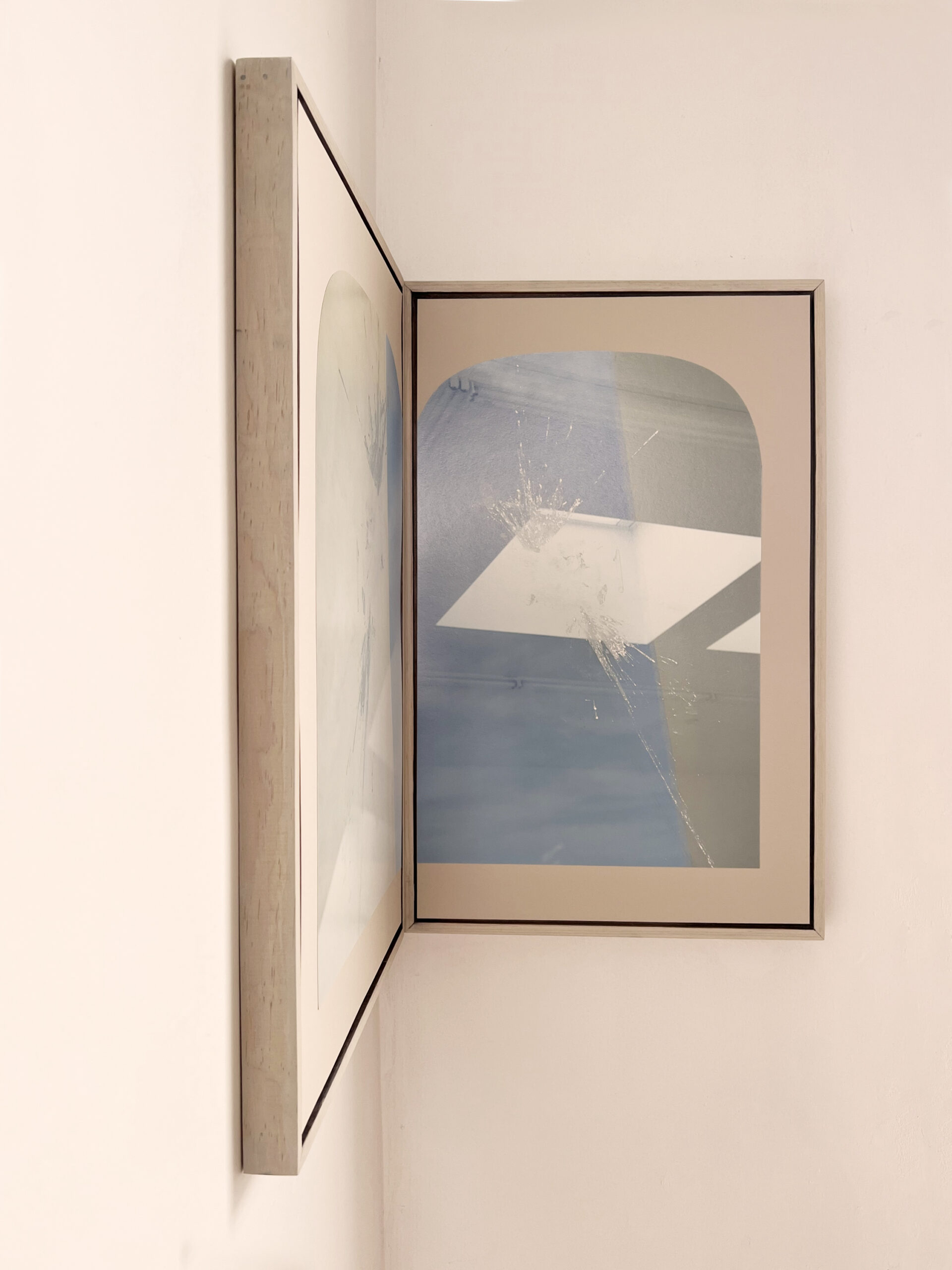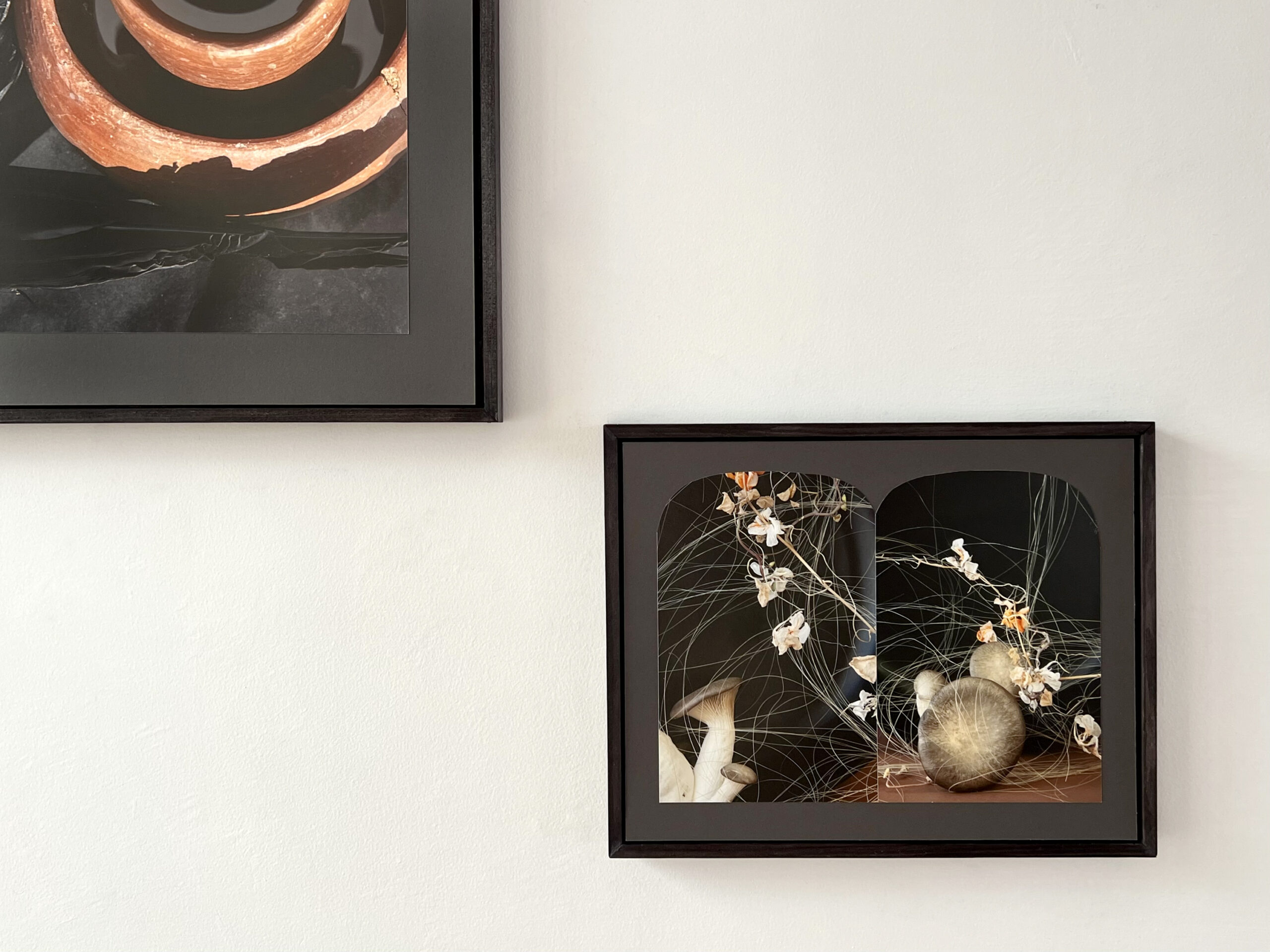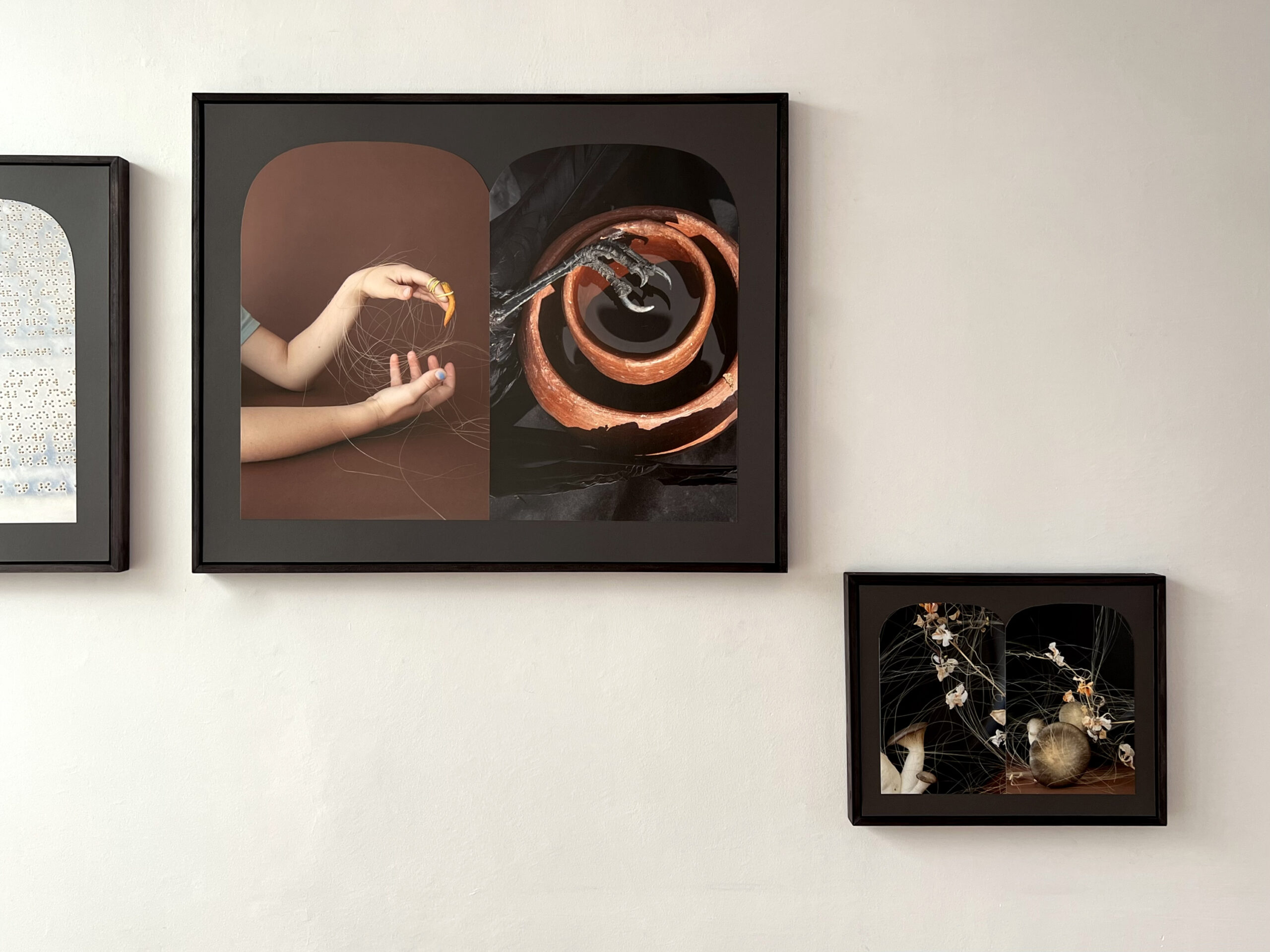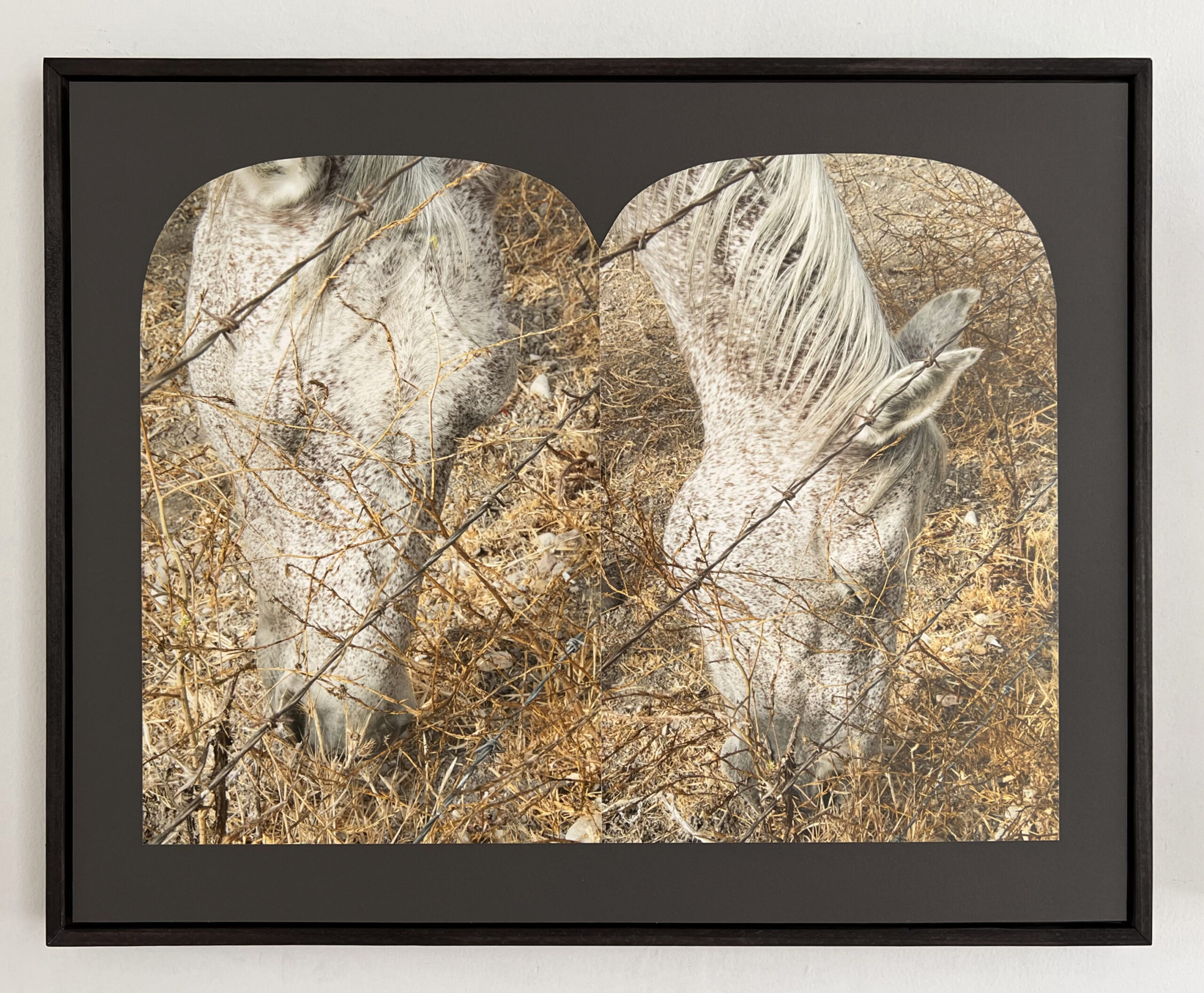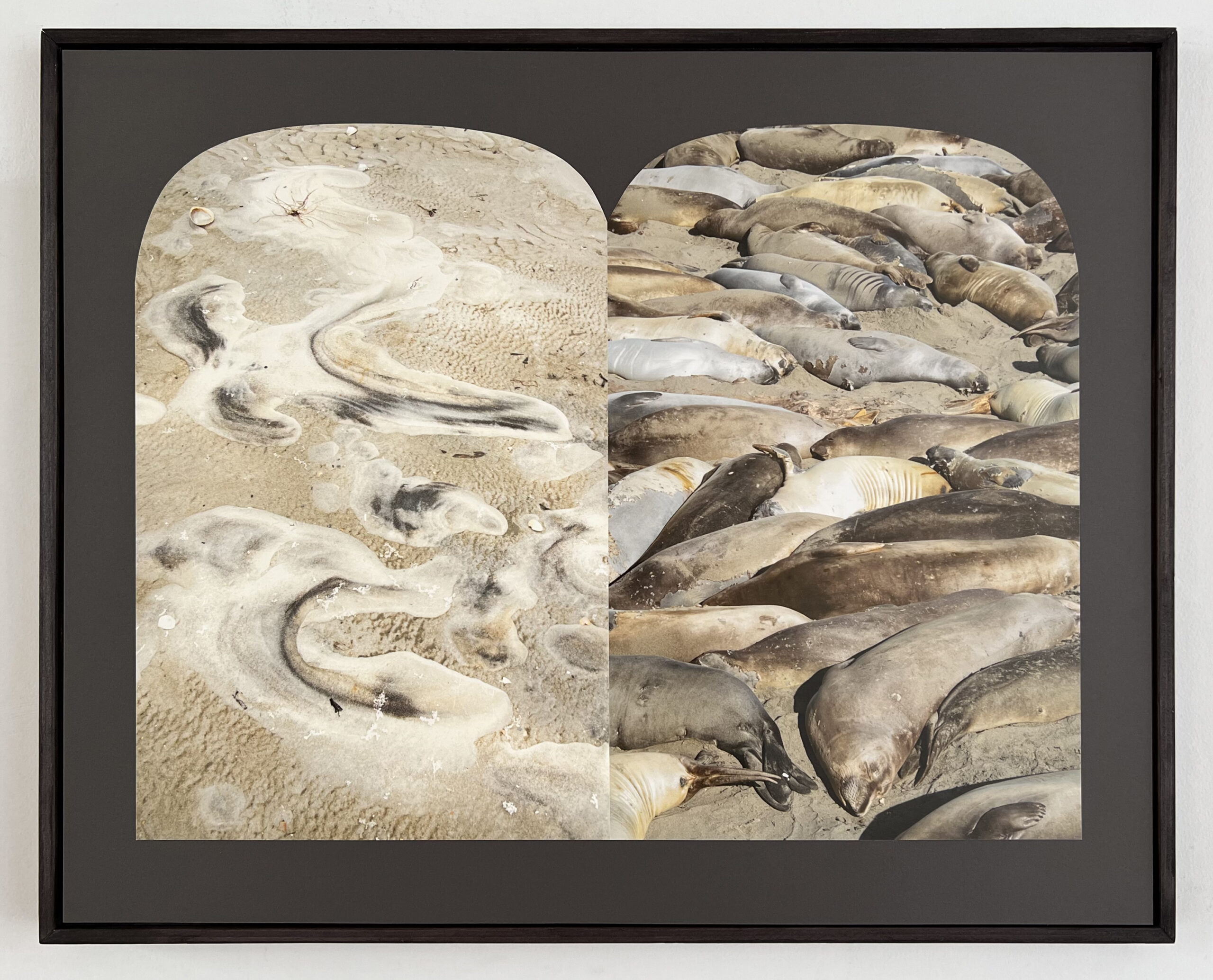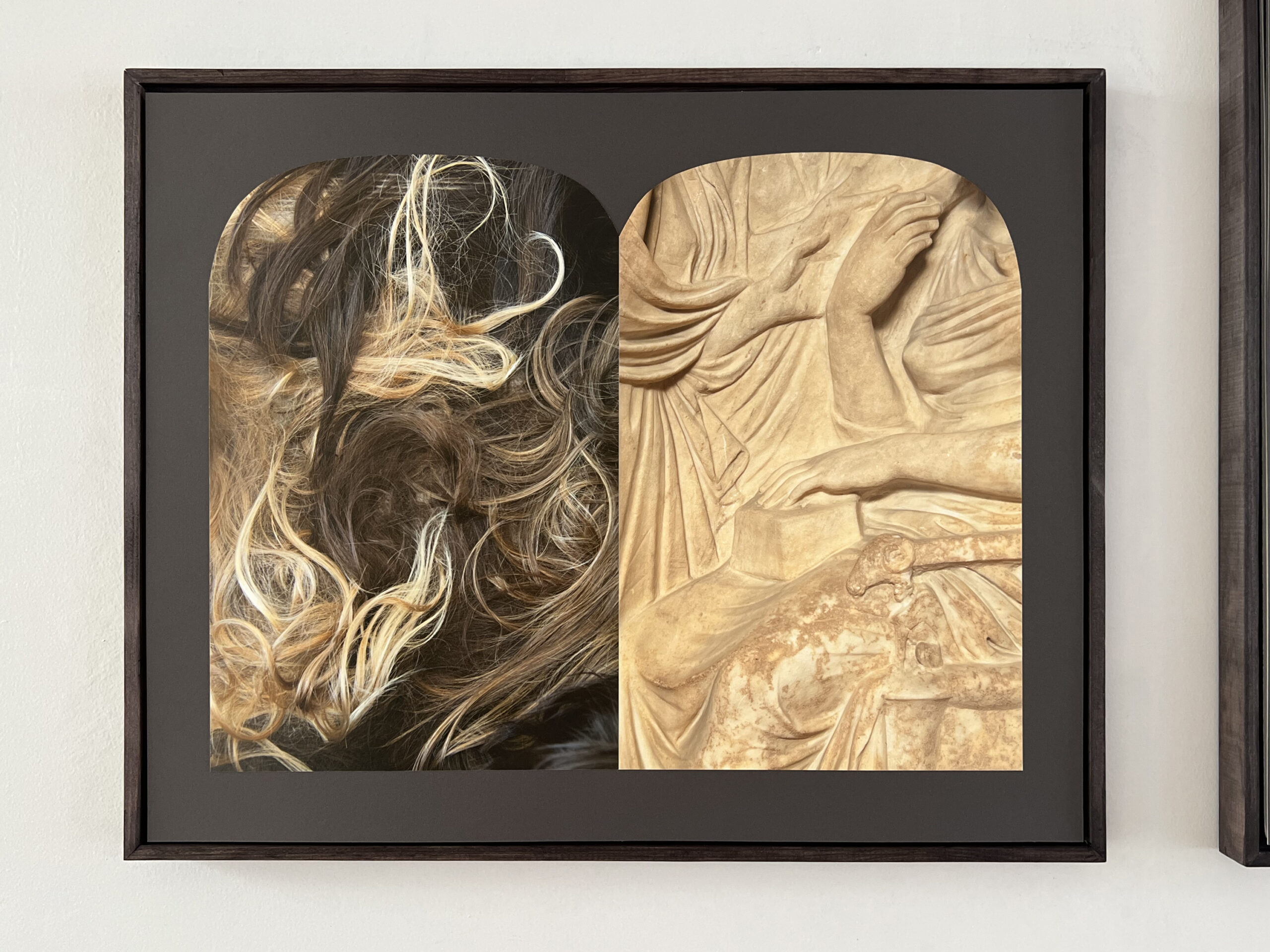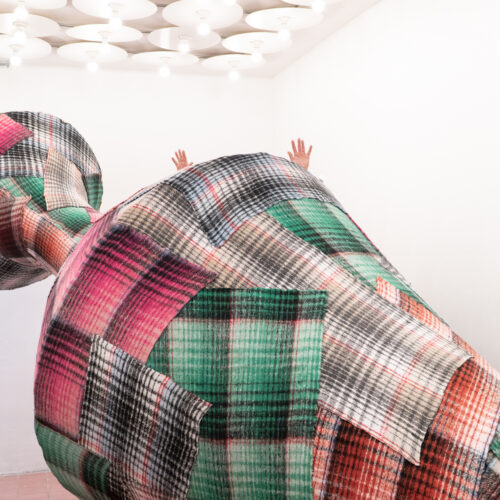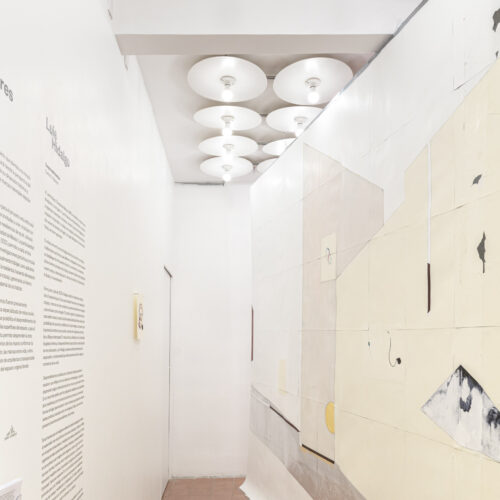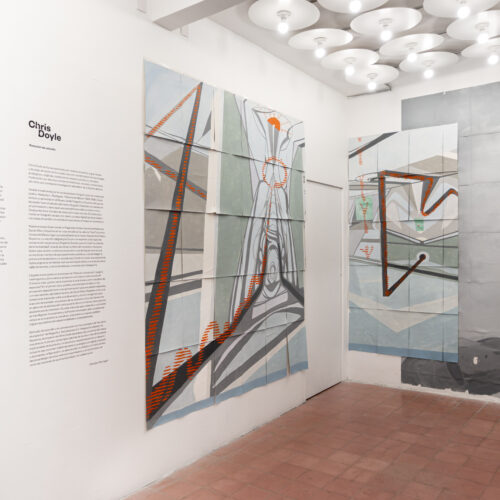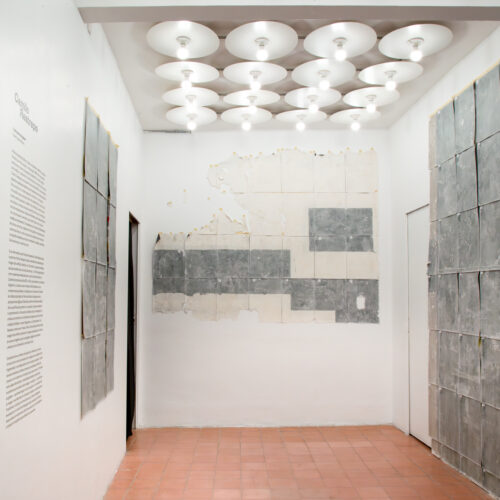Kelly Kleinschrodt
Hidden Third
September 22nd to November 1st, 2023

Text by Kavior Moon Kelly Kleinschrodt (b. 1983, Opelika, AL, USA) lives and works in Santa Monica, CA, Has presented solo projects in Chicago with Andrew Rafacz, in Los Angeles and Miami with Carter & Citizen, and in London and Los Angeles with Crisp London Los Angeles. Kleinschrodt’s work has also been exhibited and screened in the United States and internationally at such venues as Steve Turner, Los Angeles; Five Car Garage, Los Angeles; (OFF)ICIELLE, Paris; Josh Lilley, London; UNTITLED, Miami; Samson Projects, Boston; L.A.C.E., Los Angeles; The Wand, Berlin; Moving Image, New York; Kavi Gupta, Berlin; Museo Ex Teresa Arte Actual, Mexico City; and OPEN Contemporary Art Center, Beijing. Her work is held in private collections throughout the United States and Europe as well as in the Franks-Suss Collection, London. Kleinschrodt received her BFA at Lesley University and her MFA at UCLA, where she was the recipient of the Elaine Krown Klein Award.
“[E]verything is seen only as a superficial extension, until the other senses have taught the eye to recognize depth, or the third dimension, which gives solidity, by converging outlines, distribution of light and shade, change of size, and of the textures of surfaces.”
— Oliver Wendell Holmes, “The Stereoscope and the Stereograph” (1859)
"The Third Dimension"
Flora, fauna, bodies, flesh, draped surfaces, and obdurate terrains abound in Kelly Kleinschrodt’s most recent series Hidden Third (2023). These diptych pairings juxtapose various facets from her photographic bodies of work from 2017 to the present: studio still lifes, abstraction, familial relations, portraiture, and landscapes. Kleinschrodt has spoken about her work as an experience and evocation of “moving between.” Whereas in previous works, such as her mother / cut project (2013–2016), the artist fluidly moved between the mediums of photography, sculpture, performance, and video, here one is asked to move between pictorial genres, between the fictional non-place of the artist’s studio and places elsewhere, between different moments in time through her photographic pairings.
With their curved top corners and mounting on mat board, the diptychs recall 19th century stereographs. Stereoscopy—in which two images taken from two slightly different perspectives are used to create a three-dimensional image—as a concept was invented in the 1830s in England. It wasn’t until subsequent decades, however, that specifically photographic images were used to create a “stereograph,” a neologism coined by American physician, poet, and stereoscope enthusiast Oliver Wendell Holmes. In his 1859 essay “The Stereoscope and the Stereograph,” Holmes speaks of the delightful wonder in viewing a stereograph and the convincing realism it seems to offer: “The effect of looking at a good photograph through the stereoscope is a surprise, such as no painting ever produced. The mind feels its way into the very depths of the picture” (emphasis mine). Making sense of the stereoscopic image relies not only on one’s eyes, but also on one’s body and mind. The perception of depth in a stereograph is made possible by the differences between the two photographs that comprise it. Sensing depth, or the third dimension, is made possible by a combination of differences.
Whereas a conventional stereograph uses two images of the same subject to produce one seamless view, the diptychs in Hidden Third produce visions that are embodied and riven. One perceives and differentiates the paired images visually as well as through imagined experiences of touch, smell, and sound. One can imagine the softness and subtle fragrance of the artist’s daughter’s hair in one photo, as compared to the coarse strands of horse hair tangled with brittle, desiccated flowers pictured alongside it. In another pairing one sees the viscous remains left on a window of a pigeon that flew straight into it, one photo taken inside looking out and the other outside looking in. One can imagine hearing the unsettling thud of the impact that caused the splattered marks as well as the pigeon’s death. In these works, formal correspondences are paired in anomalous ways that open up a conceptual third dimension. This third dimension produces an expansive psychical—rather than physical—space, one not limited by the forces of gravity, rationality, and linear time.
